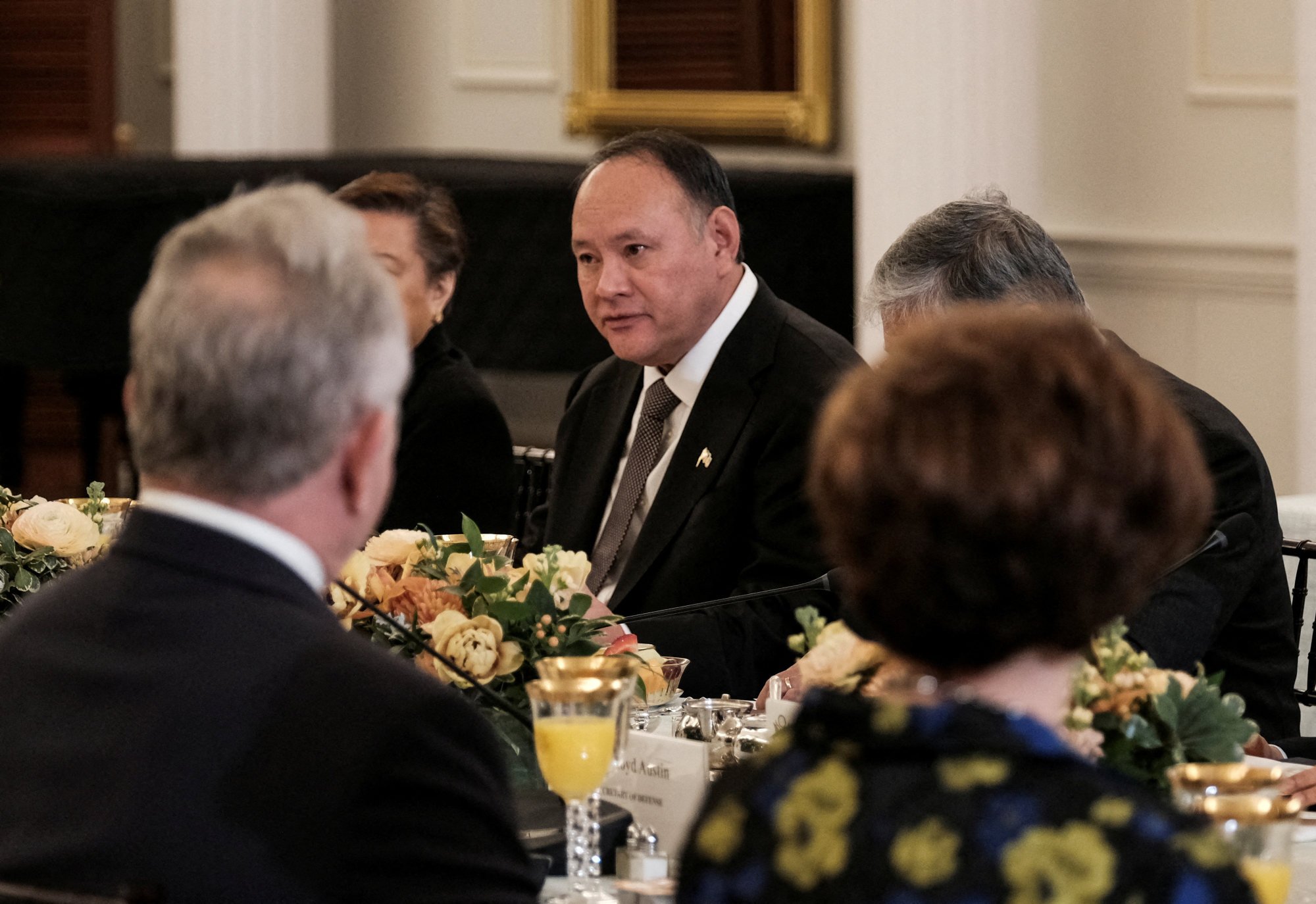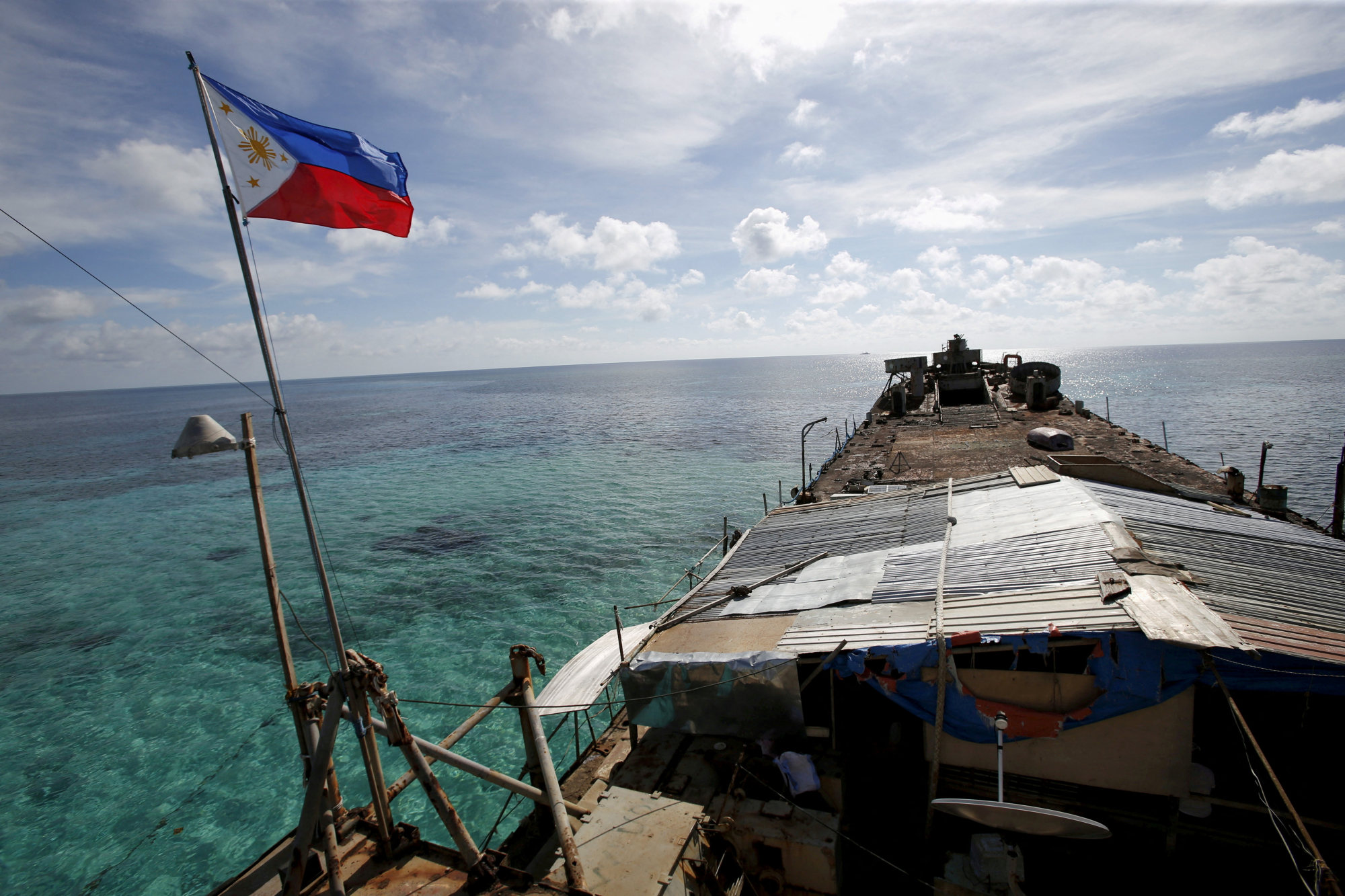
South China Sea: Philippines did not agree to ‘new model’ to manage Second Thomas Shoal, officials say
- The Chinese embassy in Manila had said China and the Philippines earlier this year agreed on a ‘new model’ for the Second Thomas Shoal
- The Second Thomas Shoal falls within Beijing’s ‘10-dash line’, which encloses its maritime claims in the South China Sea
Department of National Defence Secretary Gilberto Teodoro Jnr and the president’s national security adviser Eduardo M. Año denied that the Philippines made the agreement in separate statements on Sunday.

The Second Thomas Shoal falls within the line, which encloses Beijing’s maritime claims, while the Philippines claims the shoal since it lies within its exclusive economic zone.
However, the Chinese embassy said in its Facebook post that Marcos’ government had agreed to a “new model” for conduct regarding the shoal and subsequently reneged on it.
The post, which was not published on the embassy’s official website, said the Chinese embassy met an official after Marcos Jnr took office, and made a new agreement with the government’s backing.
The post said Chinese envoy Huang Xilian visited Marcos’s new defence chief Teodoro Jnr on July 5 last year and briefed him on the “gentleman’s agreement”.
Teodoro Jnr strongly rejected this version of events in his Sunday statement.

Local Philippine media reported that Huang on July 21 met Vice-Admiral Alberto Carlos of the Philippine military, who stressed the need for a “diplomatic approach” in resolving competing claims in the West Philippine Sea – Manila’s term for the section of the South China Sea that defines its maritime territory and includes its exclusive economic zone. According to an article on the Palawan News website, Carlos paid a courtesy call to Huang at the Chinese embassy in Makati City that day as he had previously attended the Chinese navy’s Command College in Nanjing.
The Philippines’ National Security Council will leave it to the military to decide whether to investigate Carlos over the matter, said Jonathan Malaya, the council’s assistant director general, on Monday.
Antonio Carpio, a retired Supreme Court associate justice and an analyst of international law, expressed doubt that the “unauthorised Philippine government personnel realised that they were negotiating with a foreign government and committing the Philippine’s government”.
“Only the Department of Foreign Affairs (DFA) is authorised to negotiate and conclude agreements with foreign states,” he said.
“The Chinese embassy cannot just negotiate directly with Philippine agencies without going through the DFA. The Chinese embassy should follow protocol and negotiate only with the DFA.”

